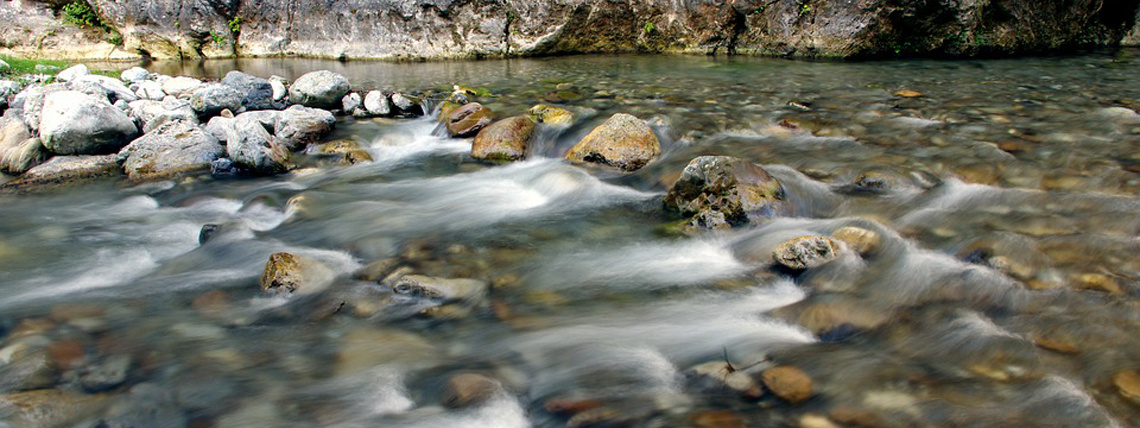The articles of the current edition are available on the new site.

A glance at the fruit and vegetables displayed on market stalls is enough to understand that agriculture has so far succeeded in providing food in abundant quantities and at low prices. This success, however, is associated with a less perceptible downside, namely the impact of the fertilisers used on the water of rivers, seas and aquifers. The water that surrounds us often has high levels of nitrogen contamination, a substance which is the main component of fertilisers and which, if present in excessive quantities, represents a hazard both to aquatic organisms and to human consumption. Fortunately, the river network is able to partially limit this negative effect thanks to natural self-cleaning processes which, if better understood, could be further stimulated to improve water quality. But is it possible to predict how much a water course can autonomously purify itself? The study published in Science, co-authored by Fulvio Boano, Professor of the Department of Environment, Land and Infrastructure Engineering of the Politecnico di Torino has identified the maximum limit of nitrogen that a water course can naturally purify.
We are speaking of a process that is regulated by the turbulence of the water: the whirling motions of the water transports the dissolved nitrogen to the riverbed and the sediments, facilitating the purification process. Here, in fact, both the microorganisms present in the sediments and the algae on the riverbed absorb the substance to exploit it in their normal life cycle. Correlated with the turbulence present along the watercourses, a zero-energy purification solution is created: there is no need for an external intervention to facilitate the process.
The research has established the maximum threshold for self-purification. The limit has been calculated through mathematical models: thanks to a theoretical description of the physical phenomena involved, a physical limit has been identified that depends on several factors, including first and foremost the characteristics of the river, such as the depth and the shape of the riverbed, which determine the water turbulence intensity, the engine of the process.
“This is a very important datum which, if taken into account, can help to make correct decisions about the management of watercourses”, explains Fulvio Boano, co-author of the study. “Knowing the factors that limit the maximum self-purification capacity, one can understand how to intervene on a river to maintain or even increase it, thus reducing pollution in a sustainable manner. In the future it will be increasingly important to make the most of natural processes, which do not require the use of energy, in order to reduce our energy consumption and limit the use of non-renewable sources.”